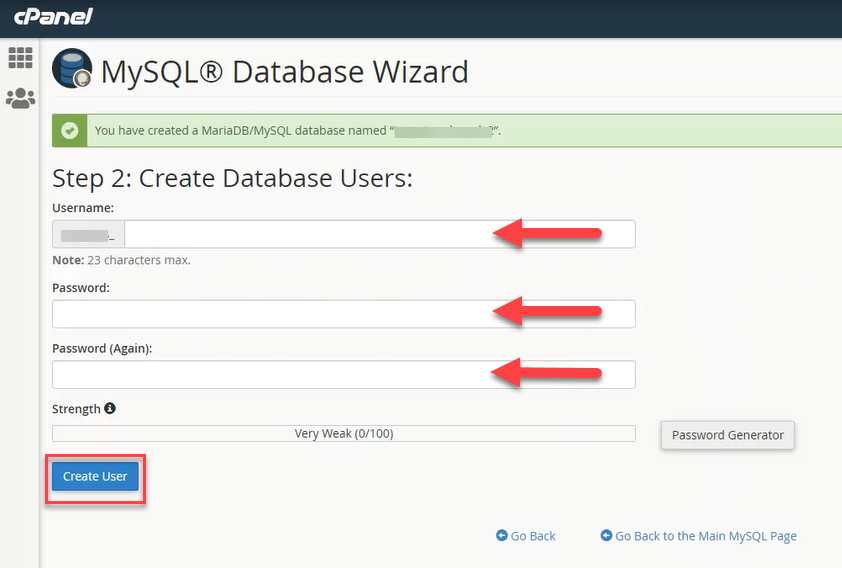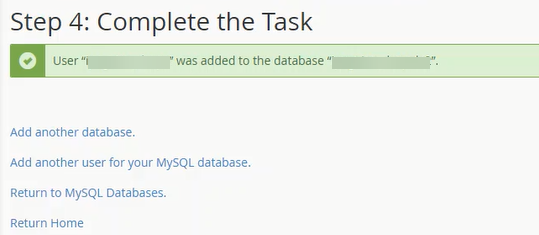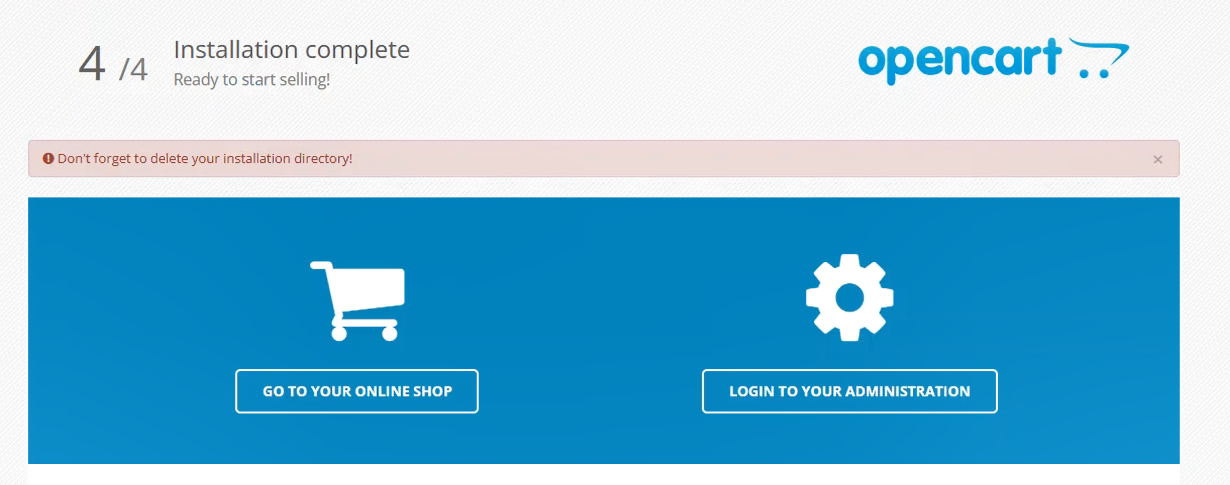How to Install OpenCart
This article explains how you can manually install OpenCart through the cPanel.
For the step-by-step video tutorial on how to install OpenCart, please visit Install Applications.
Download the OpenCart Files
Download the latest version of the software at the official website of OpenCart.

Upload the Installation Files
- Inside the cPanel account, go to your File Manager to upload the OpenCart installation package.
- Choose a folder where you want to upload your files. In this example, files were uploaded in public_html. Once you have decided or created a folder, click Upload.
- On the upload screen, you can drag and drop the zip file you just downloaded from the OpenCart official website, or click Select File.
- To extract the uploaded zip files, click the Extract button.
- After extracting, open the Upload folder.
- Select all the files inside the Upload folder.
- After selecting all the files, click Move to the domains directory. In our example, we are moving it to the public_html.
Create a Database
- Create a database and user account for your OpenCart installation. To do so, click MySQL Database Wizard inside your cPanel.
- Provide a database name, and click Next Step.
- Create a database username and a password, then click Create User to proceed.
- Ensure that the ALL PRIVILEGES box is checked.
- Click Next Step to finish the task.
- The new database is now successfully created!
Run the Installation
- In your web browser, navigate to the folder where you uploaded the OpenCart files. In our example, files were uploaded in public_html, so run the installation at https://yourdomainnamehere.com. On the first screen, you’ll be redirected to the license agreement. Click Continue to proceed.
- Here, you’ll find technical requirements and correct permissions to set up OpenCart. If everything is set to green marks, you may click Continue to proceed.
Tip: As of version 2.3.0.2, the following files inside your file directory need to be renamed to continue to Step 3:- config-dist.php to config.php
- admin/config-dist.php to config.php
- Under the configuration page, you need to add the administration as well as database details. Add the database details, i.e., ‘Hostname, Username, Database, Port’, then your administration details like ‘Username, Password, E-mail’ and hit Continue.

- Once you're done with the configuration page, you will see the installation complete page with a reminder not to forget to delete the installation directory.















